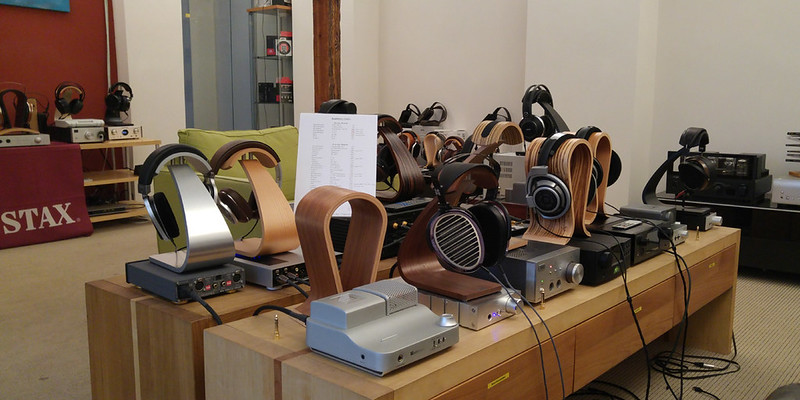hagenhays
100+ Head-Fier
- Joined
- Dec 29, 2015
- Posts
- 100
- Likes
- 52
I "hear what your saying", ive heard this logic before....marketing by appearing aloof is genius marketing.
Understanding i need none of these fangled things....want vs need, i will settle on a cheaper budget item that i am already happy with the sound. I want something for 2 channel music for a more analog sound for my vintage marantz--in terms of streaming and flac. (Cds and vinyl sound great). My modi 2 works pretty well but im tired of moving it around--another modi 2 should work, and not break the bank. Chasing upgraditis for the sake of "audio nirvana" is prepostorous....buy music instead. Maybe i should just buy a $2k cd player.....joking haha!!
I love my vali by the way....dont see why people need more than that...sounds great.
Understanding i need none of these fangled things....want vs need, i will settle on a cheaper budget item that i am already happy with the sound. I want something for 2 channel music for a more analog sound for my vintage marantz--in terms of streaming and flac. (Cds and vinyl sound great). My modi 2 works pretty well but im tired of moving it around--another modi 2 should work, and not break the bank. Chasing upgraditis for the sake of "audio nirvana" is prepostorous....buy music instead. Maybe i should just buy a $2k cd player.....joking haha!!
I love my vali by the way....dont see why people need more than that...sounds great.





















